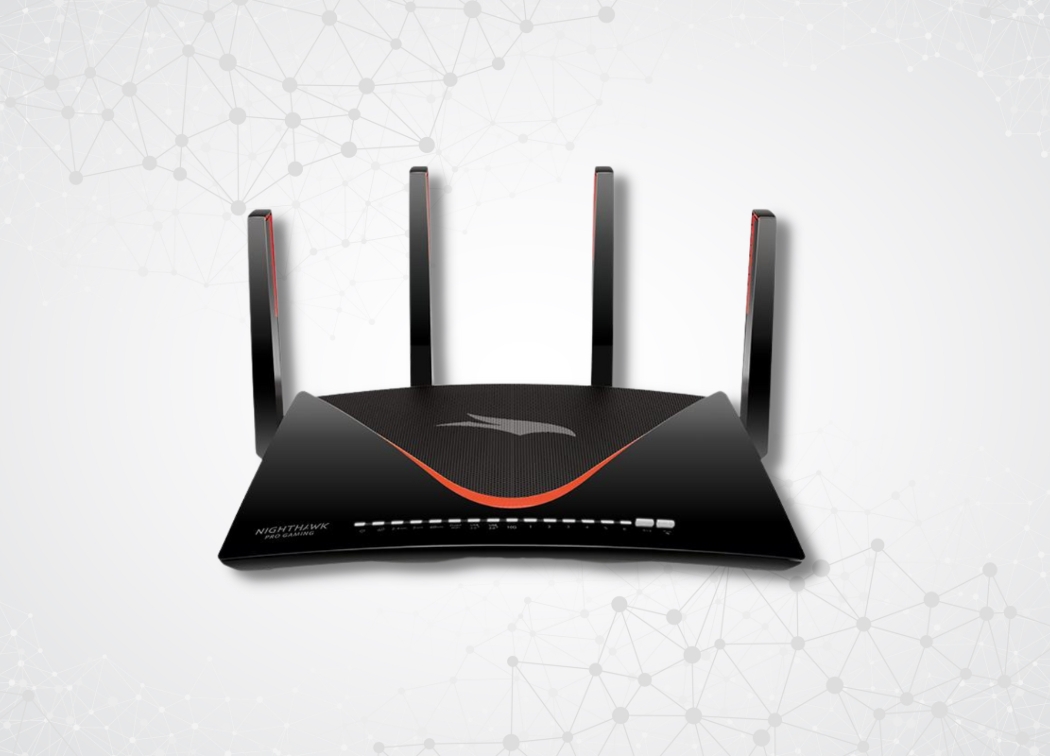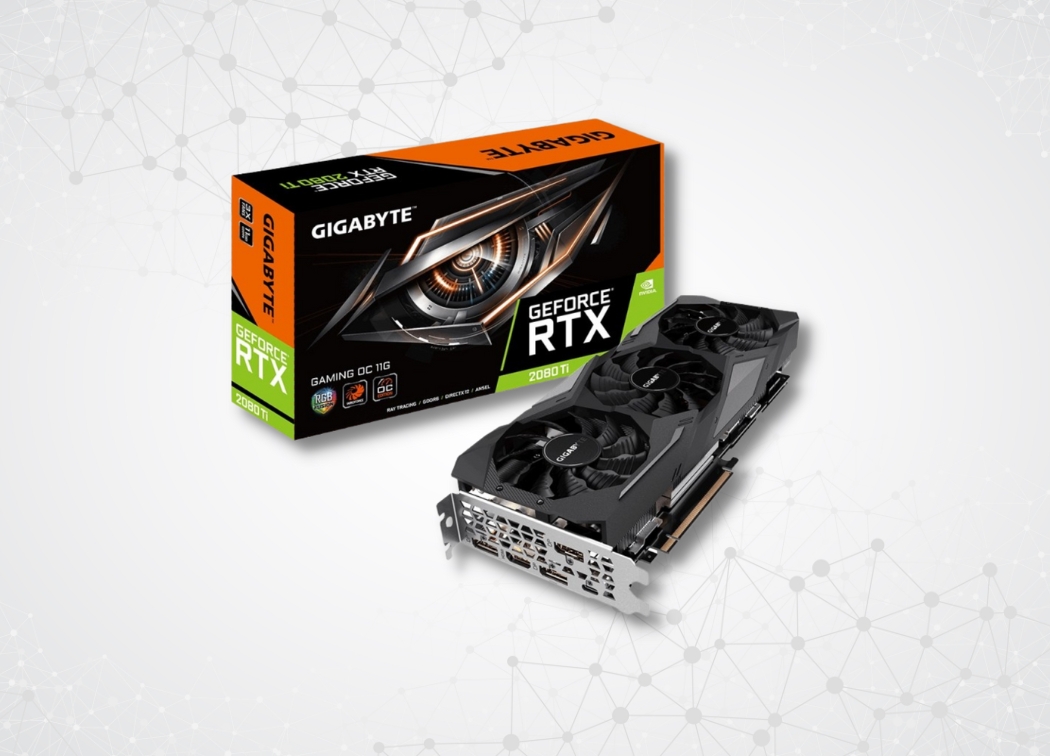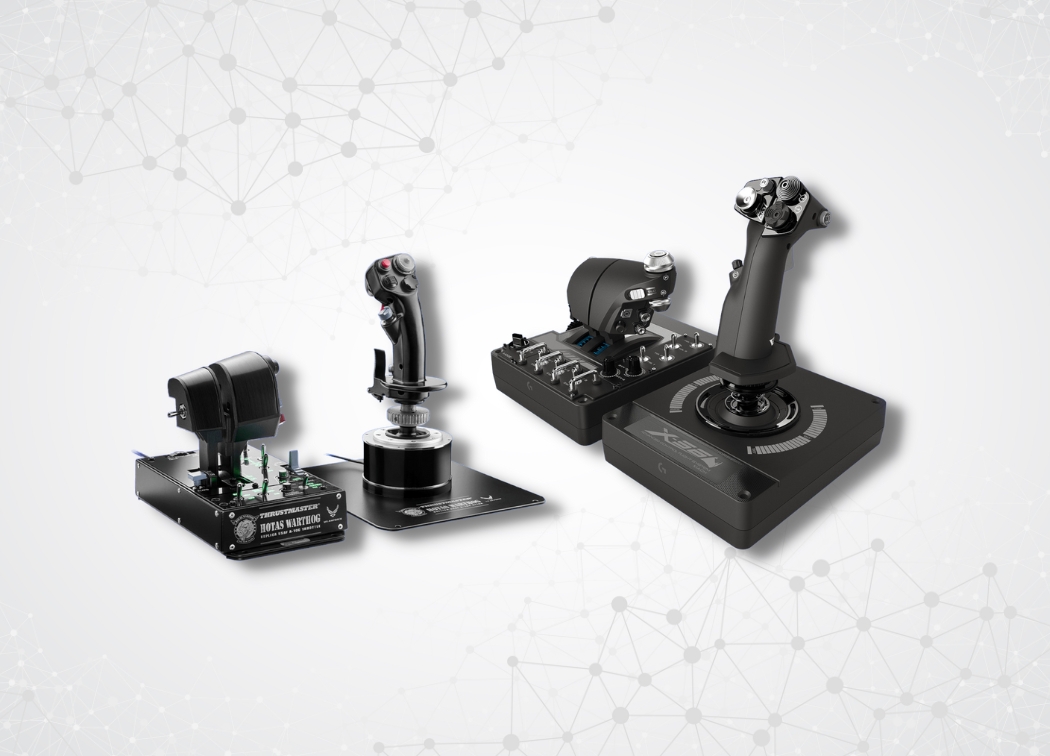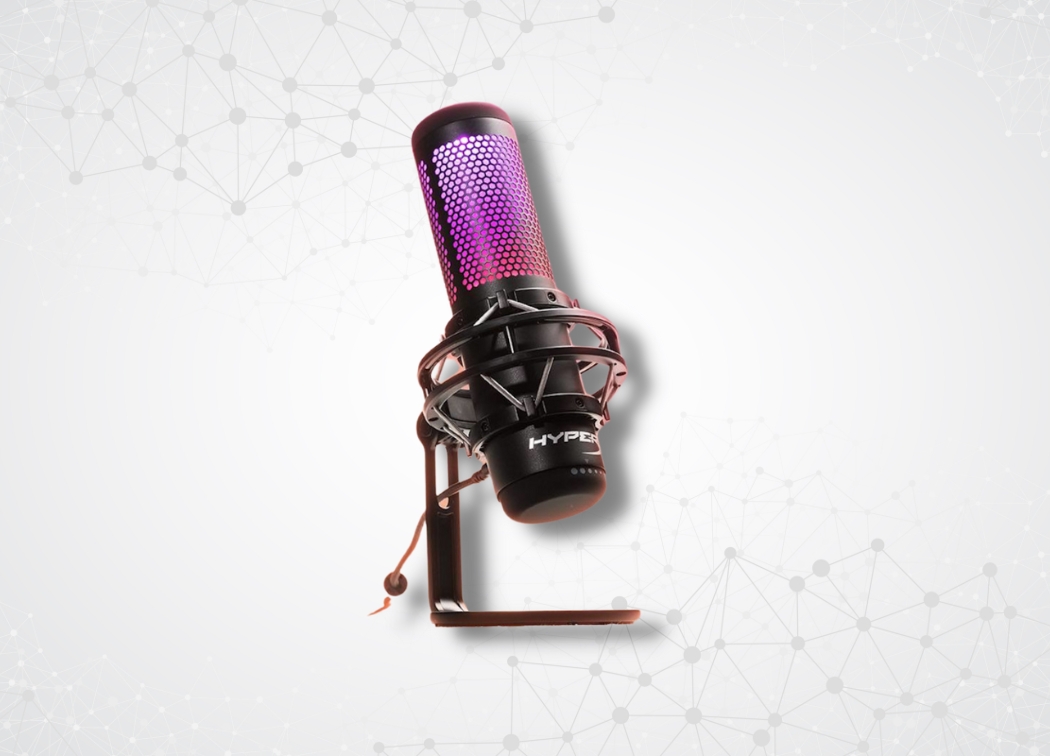It’s one of those dilemmas where the answer depends on what kind of desktop PC you are assembling. If we put aside the cooling of the whole rig and focus only on the CPU, the first question to ask yourself should be what CPU are you going to use? Is it a six-core twelve-thread monster with overclocking potential for an ultimate gaming rig or workstation (like the upcoming ryzen 3000 series), or a lower end CPU with lower TDP (Thermal Design Power)?
There are also a few steps in between, but you get the general picture. For some CPU’s, stock coolers like Wraith that come with some AMD Ryzen processors will do the job. However, for those that consider themselves an enthusiast or just want maximum performance and ideal temperature for their PCs CPU there are two paths you can go.
Related: Best motherboard for AMD Ryzen 7 2700x
RGB (Red, Blue and Green) Lighting
Why Choose Air Cooling for your CPU?
Aftermarket CPU coolers are mostly used because they look cool for diehard PC guys, and it will add some appeal to your build, especially with the new trend of RGB (Red, Green Blue) lighting inside of everything. As we mentioned earlier, stock air cooling solutions will do just fine for casual users, but gamers and other more demanding power users will want to upgrade to at least aftermarket Air solutions.
How do they work? CPU coolers use copper base plates and spread the heat through pipes with low pressure and water inside the tubes (still not talking about water coolers). The cooling system also has high-performance fans for redirecting hot air away from the CPU.
These solutions can get big, with some of the products classified as “XL” in their name. If your case is big enough, and RAM is positioned, so it doesn’t affect mounting of Air cooler, this is probably the best solution for most users. Your CPU will be cooled, and with some higher-end products it won’t even be loud.
Having a massive cooler can be a drawback with smaller form factory cases, and things can get loud. Also, there is possibility that even a large aftermarket CPU cooler will struggle to keep the temperature down for some high-end overclocked CPUs.
Why Choose Liquid Cooling for your CPU?
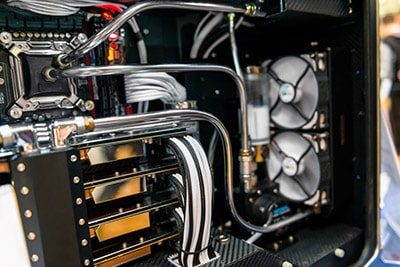
Liquid cooling is by far the most efficient way to cool your CPU if you disregard unsustainable liquid nitrogen. Another advantage over aftermarket air coolers is noise as there are no loud fans.
Liquid coolers have a water block that you must attach to your CPU, and a radiator/ fan combination. For beginners and intermediate users, we recommend all-in-one liquid coolers that come at a more affordable price than DIY kits. There is little or no danger of spills, and the scene through your glass side panel will be even more attractive than with an air cooler.
Besides cooling the CPU, liquid cooling systems with the addition of mounting kit can also cool your powerful GPU.
Learn more about GPU temperatures here
The third step to the PC master class is a DIY water cooling solution. You will need some experience, proper tools for bending the tubes and a kit with all the components which can be rather expensive. And, while this is not a path for all, the ones that try it will be rewarded. Now we are basically in case modding territory, and you can have a PC build that looks extraordinary (especially in a good tempered glass PC case), with liquid cooling that covers CPU, GPU, and RAM generating the best possible performance.
The main disadvantages are price and demanding assembly process with potential spills happening over your high-end components if you are a newbie.
Should You Choose Liquid or Air Coolers for Your Desktop CPU?
Again, it depends on the hardware you have and on what you intend to do with it. If you run office apps and browse through the web with low to medium end components, there is no need for a better cooling solution.
If you are a gamer, you should opt for either the aftermarket air coolers or liquid solution. For most users, a good Air cooler will be enough, and if your CPU is overclocked and pushed hard, liquid cooler is a way to go.
Using a laptop that gets hot and is hindering its performance? Then you may be interested in reading our cooling pad guide which will be able to keep your laptops temperature under control.
Related posts
Best CPU coolers for the i9-9900k


